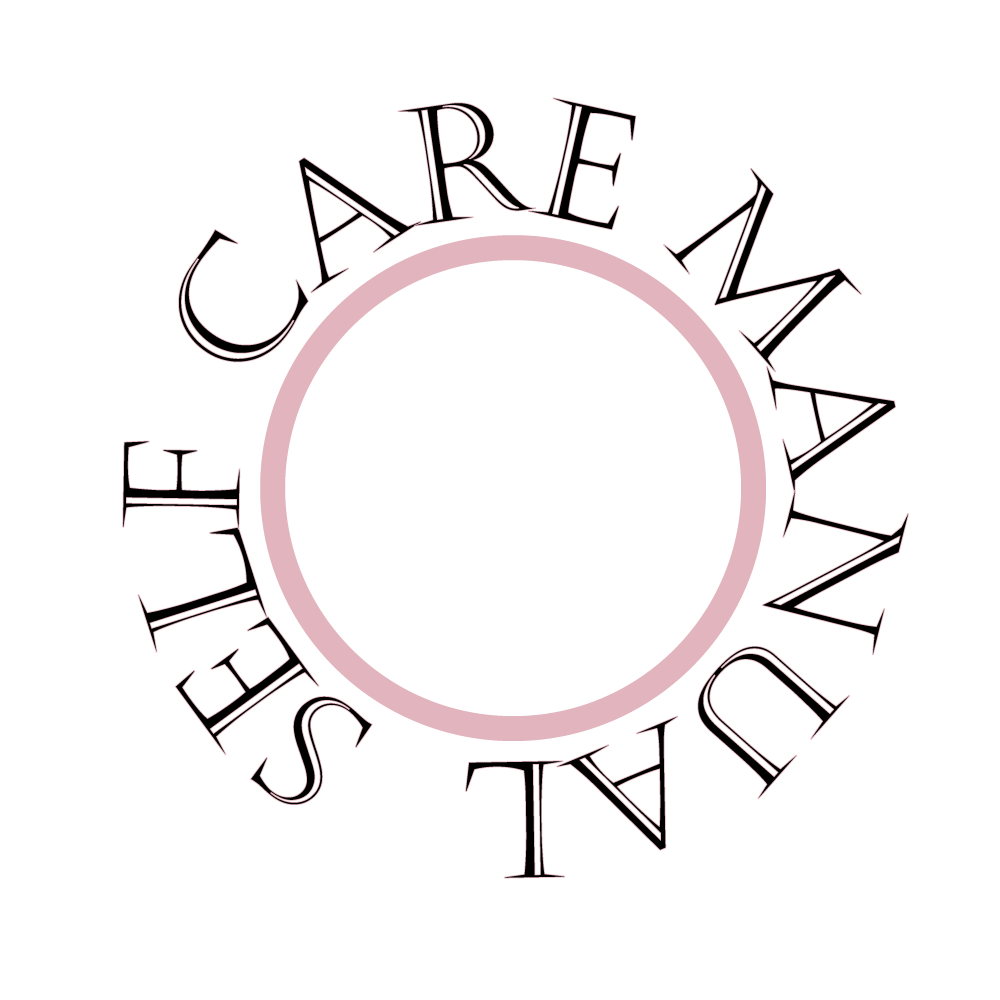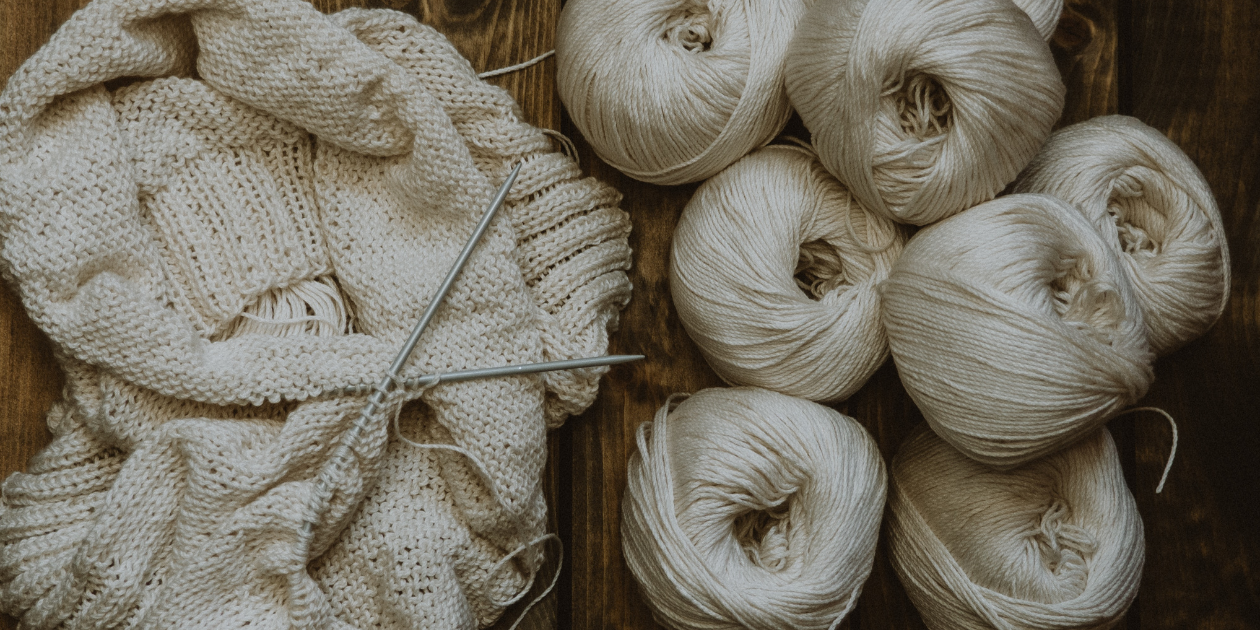Knit Your Stress Goodbye: A Guide to Using Knitting for Anxiety Relief
Did you know that knitting is a great way to reduce anxiety?
Among the many hobbies I picked up during the pandemic, knitting was the one that calmed me down the most. Not to say that I didn’t join in on the sourdough baking craze ( I did), but it was while making weird-looking sweaters that I found some piece of mind. Also, if you’ve been hanging around on social media you are well aware of how popular knitting has become.
Incorporating knitting into my routine not only provided a creative outlet but also introduced a mindful and meditative aspect to my day. The rhythmic motion of the needles and the focus required for each stitch create a sense of presence.
From Hearth to Factory: The Evolution of Knitting in the Industrial Age
As we delve into the therapeutic world of knitting, it's fascinating to reflect on how the craft has evolved over the centuries. Once a cherished pastime primarily nestled within the confines of home life, knitting underwent a significant transformation with the advent of the first industrial revolution.
In the pre-industrial era, the gentle click of knitting needles echoed through homes, as women meticulously crafted garments for their families. However, with the rise of mechanization during the Industrial Revolution, textile production, including knitting, shifted from the intimate setting of homes to the mechanical hum of factories. This marked a profound change in the accessibility and scale of textile manufacturing.
The intricate, handmade touch that characterized home-knit items began to give way to mass-produced goods.
Therapeutic Benefits of Knitting
Research suggests that engaging in activities like knitting can significantly improve your mood and sense of well-being. Ann Futterman Collier, from the University of Colorado Anschutz writes in her research surveying 821 women who knit regularly:
”Women who used textile handcrafts to change mood reported more success, rejuvenation, and engagement than women who did not use textile methods to cope. The overall sample reported well-being indicators that were at least average, engaged in their art form quite frequently, and reported high mastery with several different techniques. The most important reasons given for engaging in textile making are the need to have beautiful aesthetics, to feel grounded, and to cope.” source
Expanding our exploration into the therapeutic benefits of knitting, it's enlightening to delve into research that underscores the profound impact of textile handcrafts on women's well-being. Studies by Johnson and Wilson (2005) and Riley (2008) revealed that textile handcrafting provides a sense of place, tangible and intangible benefits, and a connection to personal histories. For many women, engaging in textile making goes beyond a mere hobby; it becomes a deeply personal, spiritual, or psychological experience, enhancing their sense of self and collective identity.
Moreover, the communal aspect of knitting circles and online communities adds a social dimension to the practice. Connecting with fellow enthusiasts provides a sense of belonging and shared purpose.
Embracing the Art: Knitting for Beginners
Embarking on the journey of knitting might seem like venturing into uncharted territory, but fear not! The beauty of this timeless craft lies in its accessibility, making it a perfect addition to your self-care repertoire.
Here is what you need to know to start:
Materials Made Simple: To start your knitting adventure, all you need are a pair of knitting needles and some yarn. The variety of needles and yarn available may seem overwhelming at first, but don't let choices bog you down. Opt for a medium-weight yarn and a pair of size 8 or 9 needles to kickstart your knitting journey.
Basic Stitches, Big Impact: At its core, knitting involves mastering a few fundamental stitches. The knit stitch and the purl stitch are the building blocks of countless patterns. With a bit of practice, you'll find yourself creating beautiful textures and patterns effortlessly.
Online Resources as Your Guide: In the digital age, learning to knit has never been easier. Countless online tutorials, videos, and knitting communities offer guidance for every skill level. Platforms like YouTube and crafting websites provide visual aids, ensuring that you can see the techniques in action.
Take It One Stitch at a Time: Remember, Rome wasn't built in a day, and your first knitted item doesn't have to be a masterpiece. Start with a simple project, like a scarf.
A Sustainable and Mindful Hobby
In a world that often promotes fast fashion and disposable goods, knitting stands as a sustainable and mindful alternative. Crafting your own garments not only allows you to tailor items to your preferences but also promotes a deeper appreciation for the value of handmade and sustainable practices.
As you explore the therapeutic benefits and accessibility of knitting, how do you envision incorporating this mindful and creative practice into your self-care routine? Whether you're a seasoned knitter or just starting, share your thoughts on how the art of knitting aligns with your journey toward a healthier and more joyful life. Or check out our post about empowering strategies to reduce stress.


